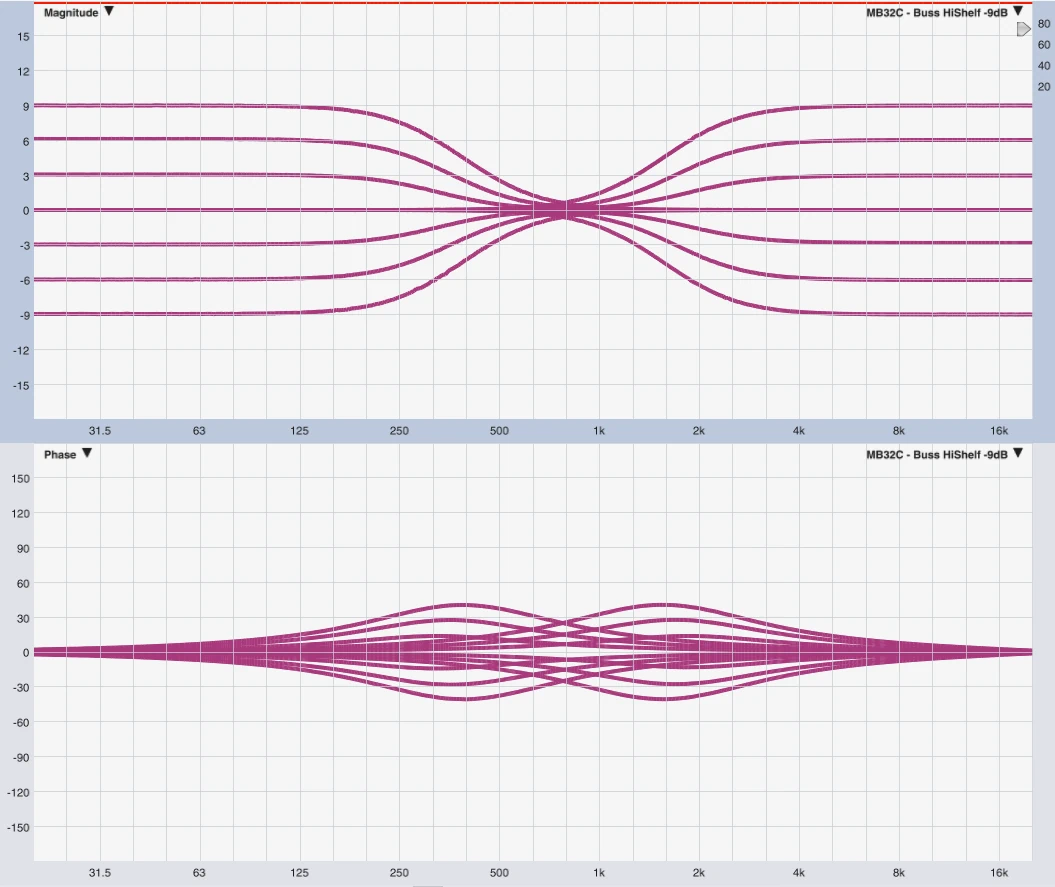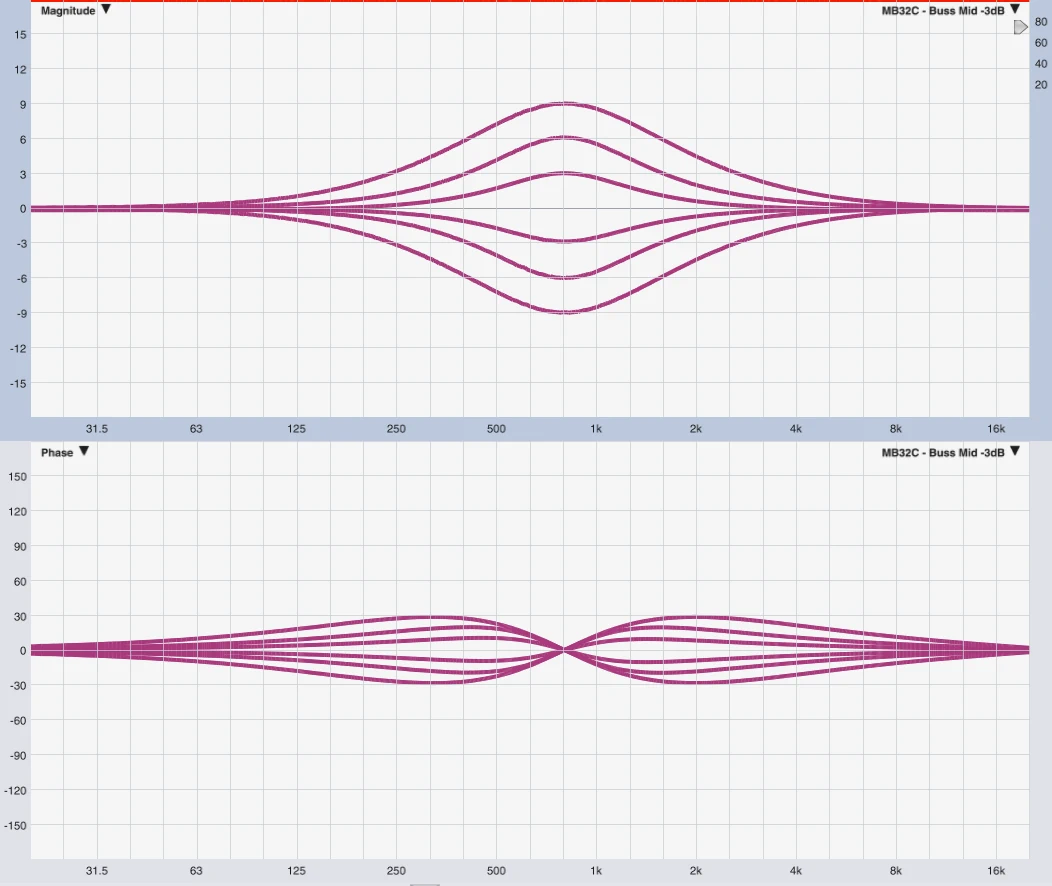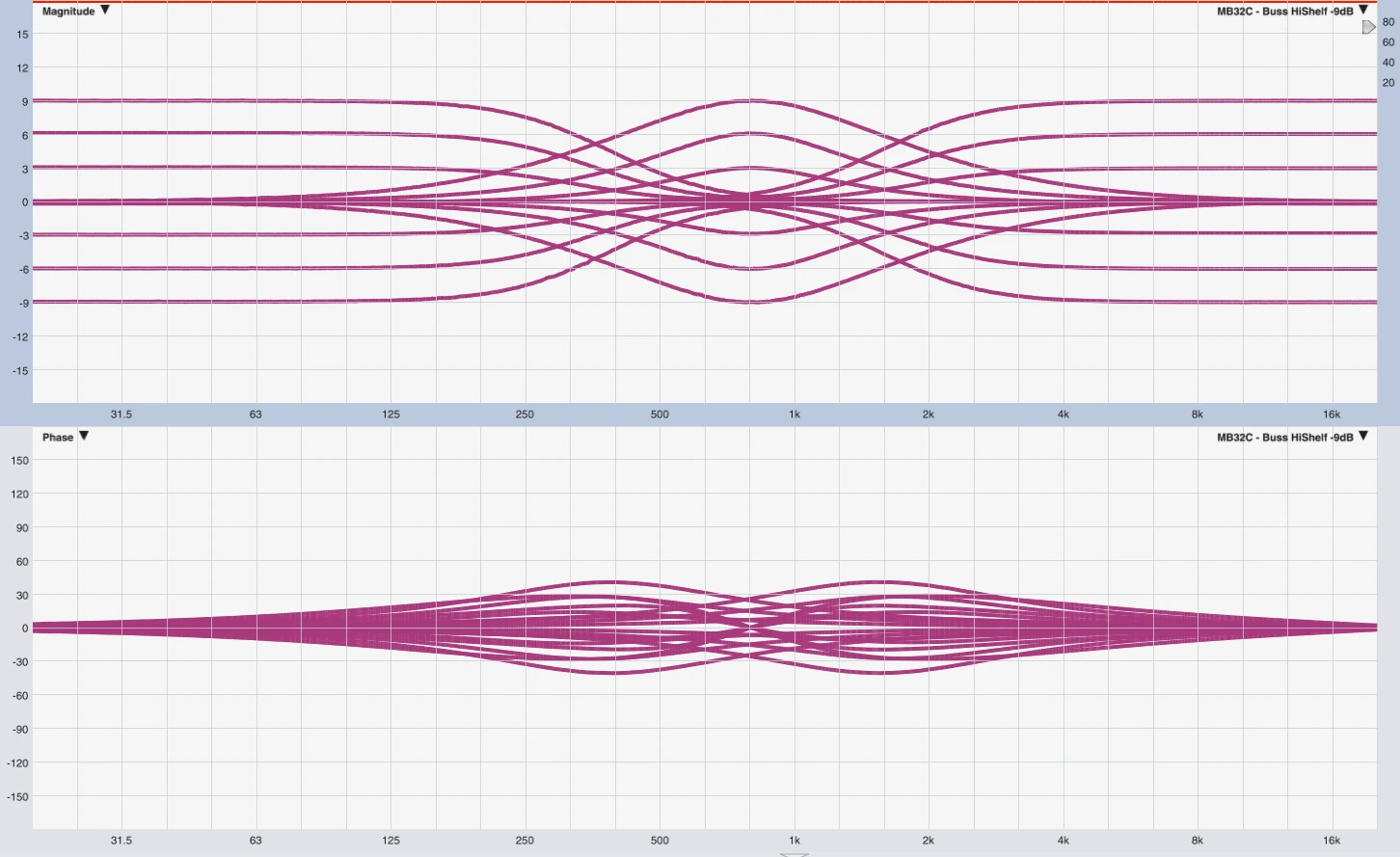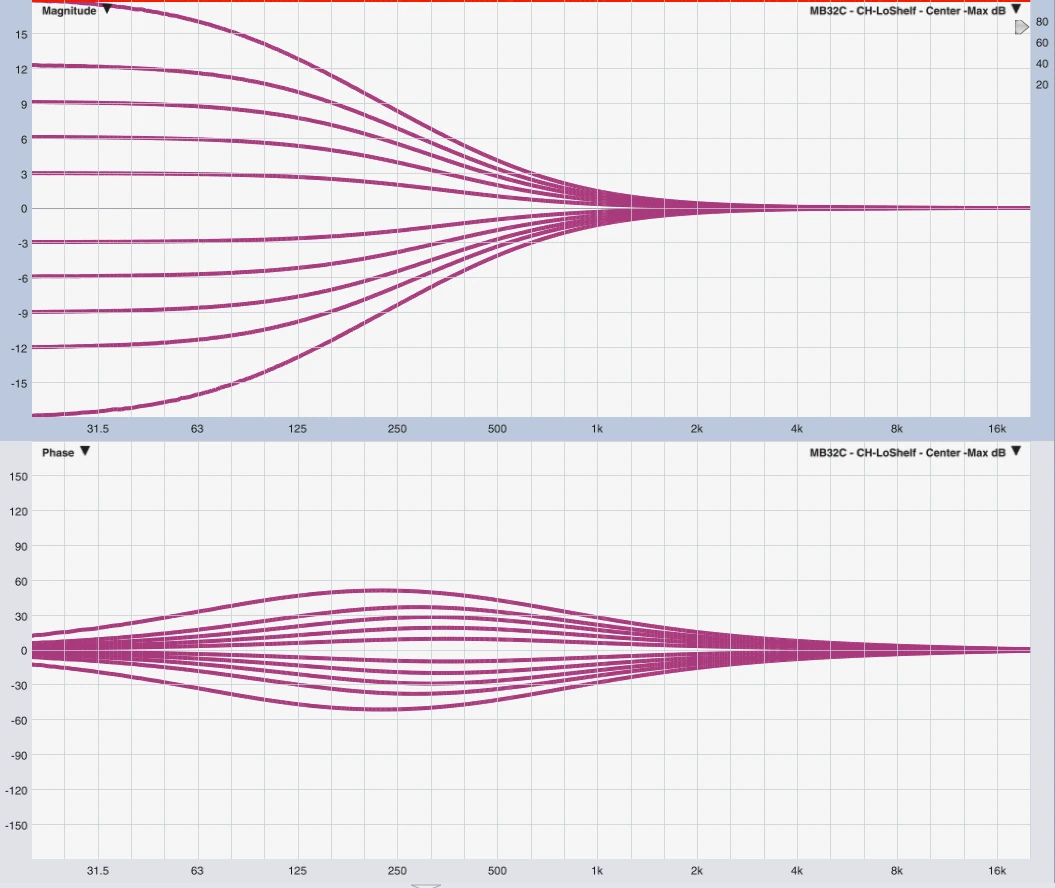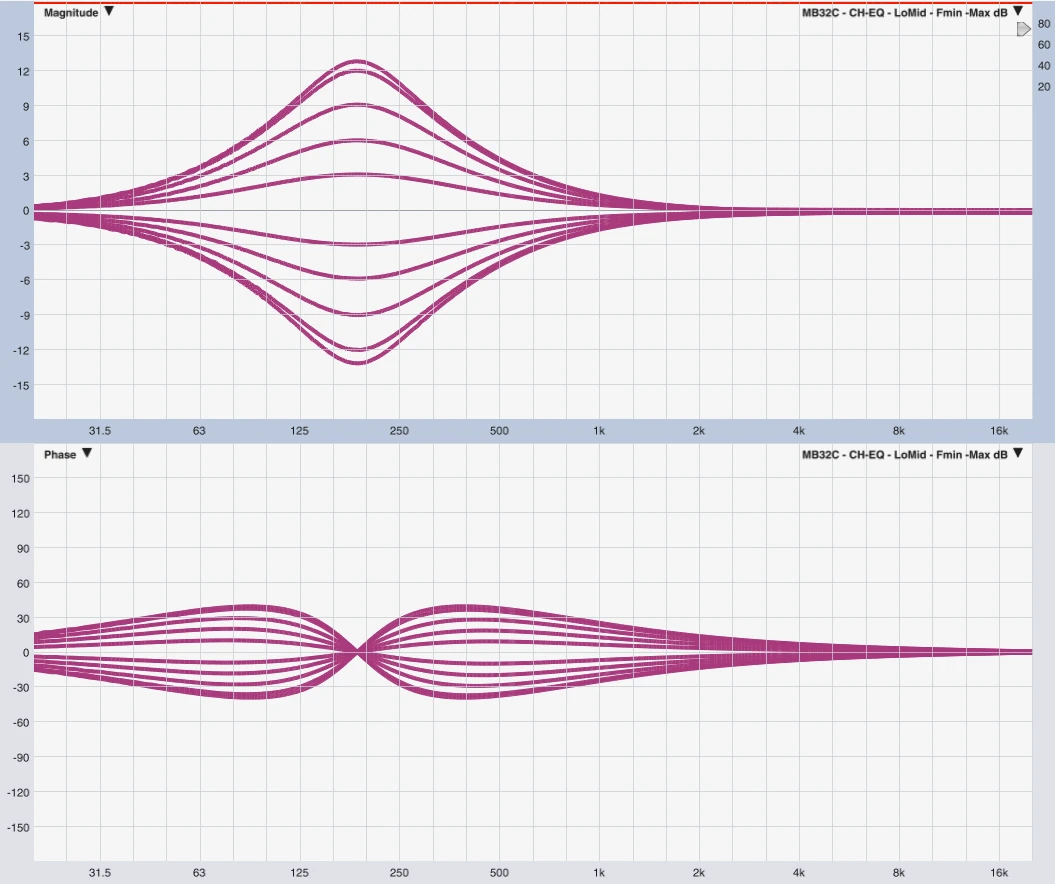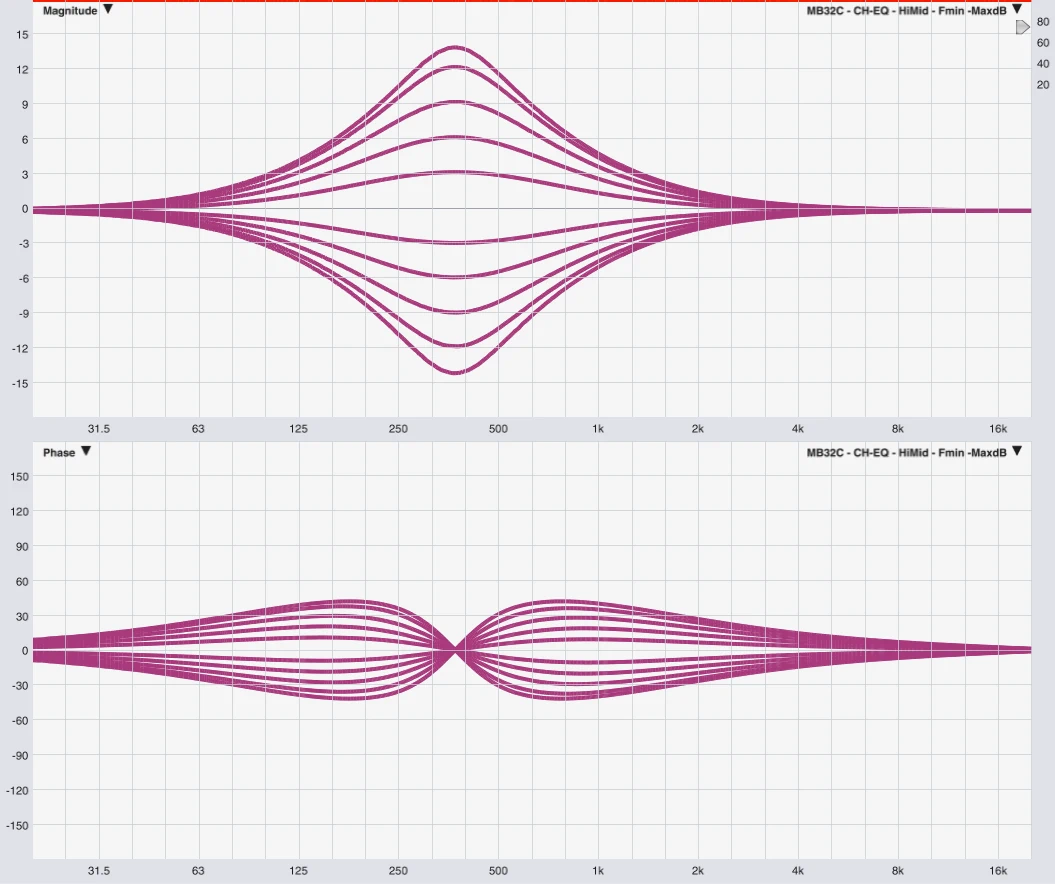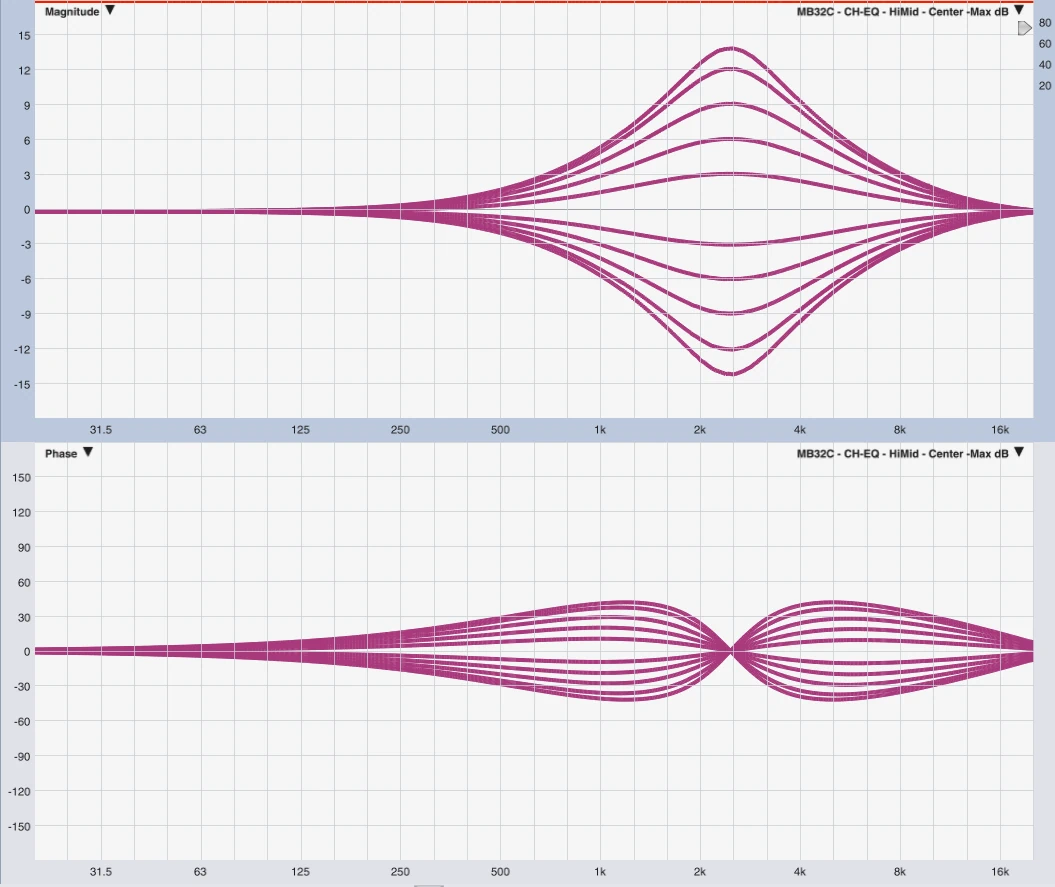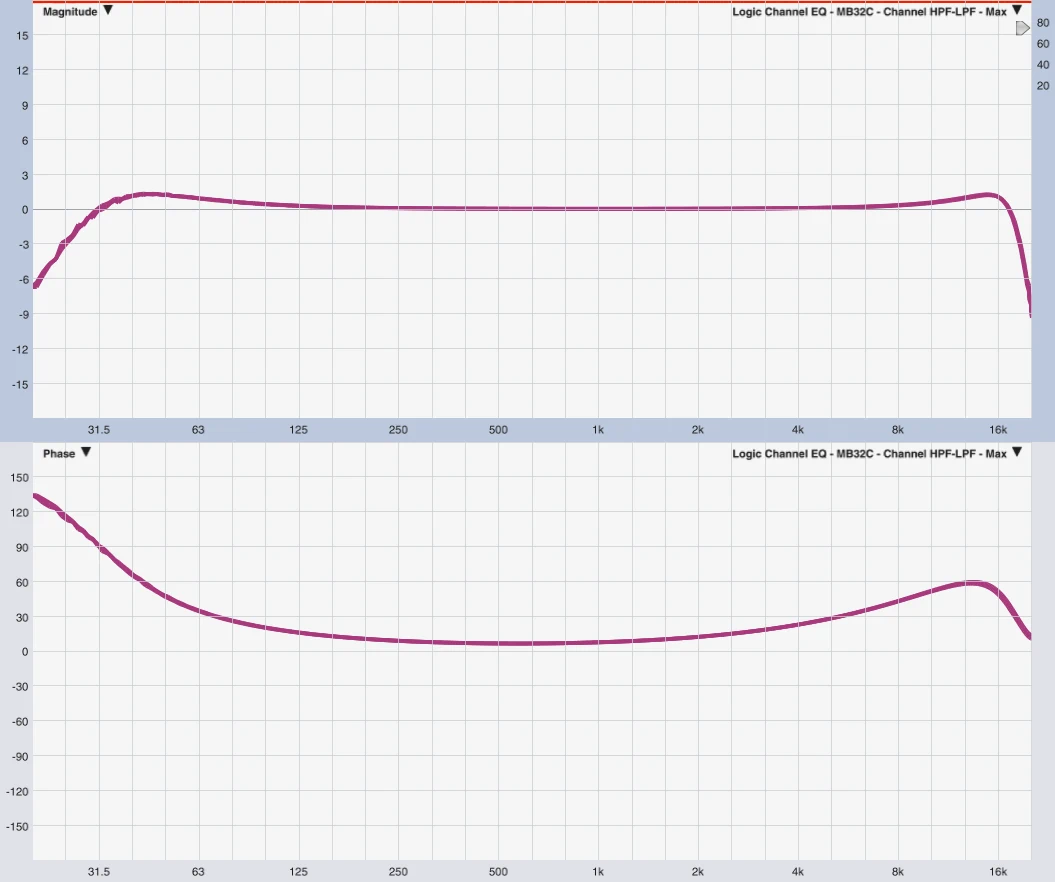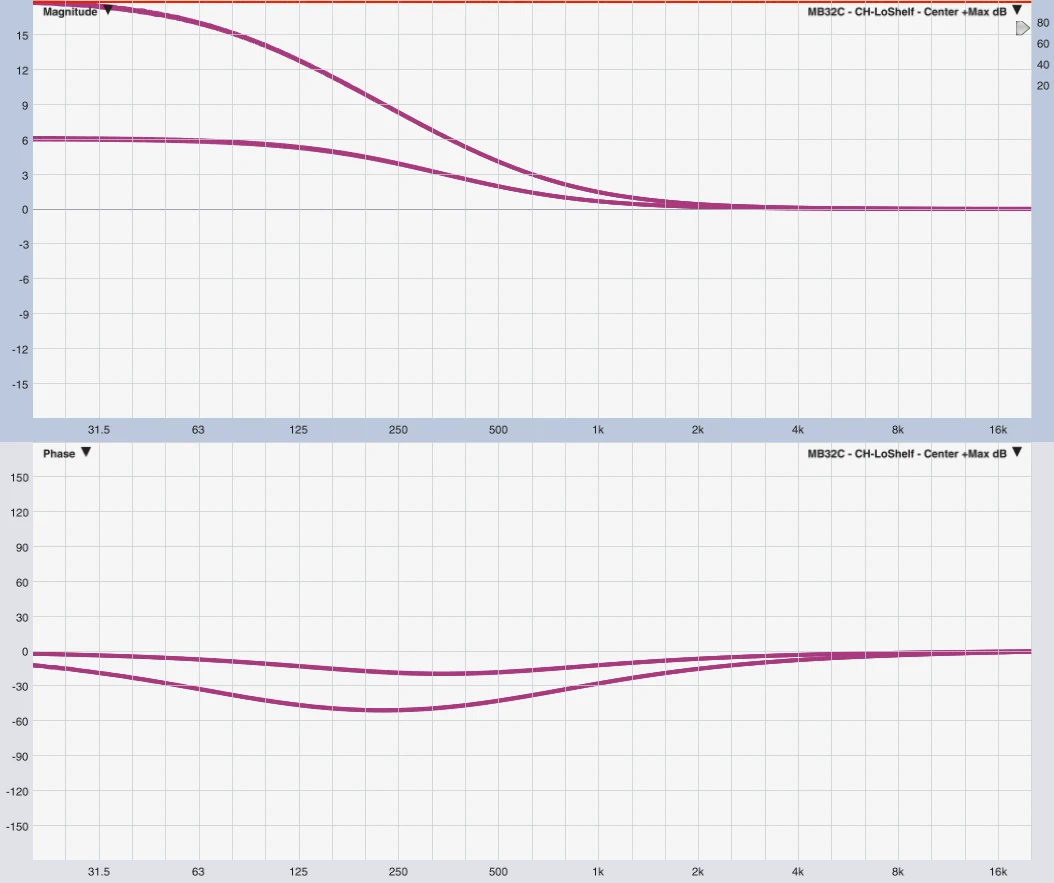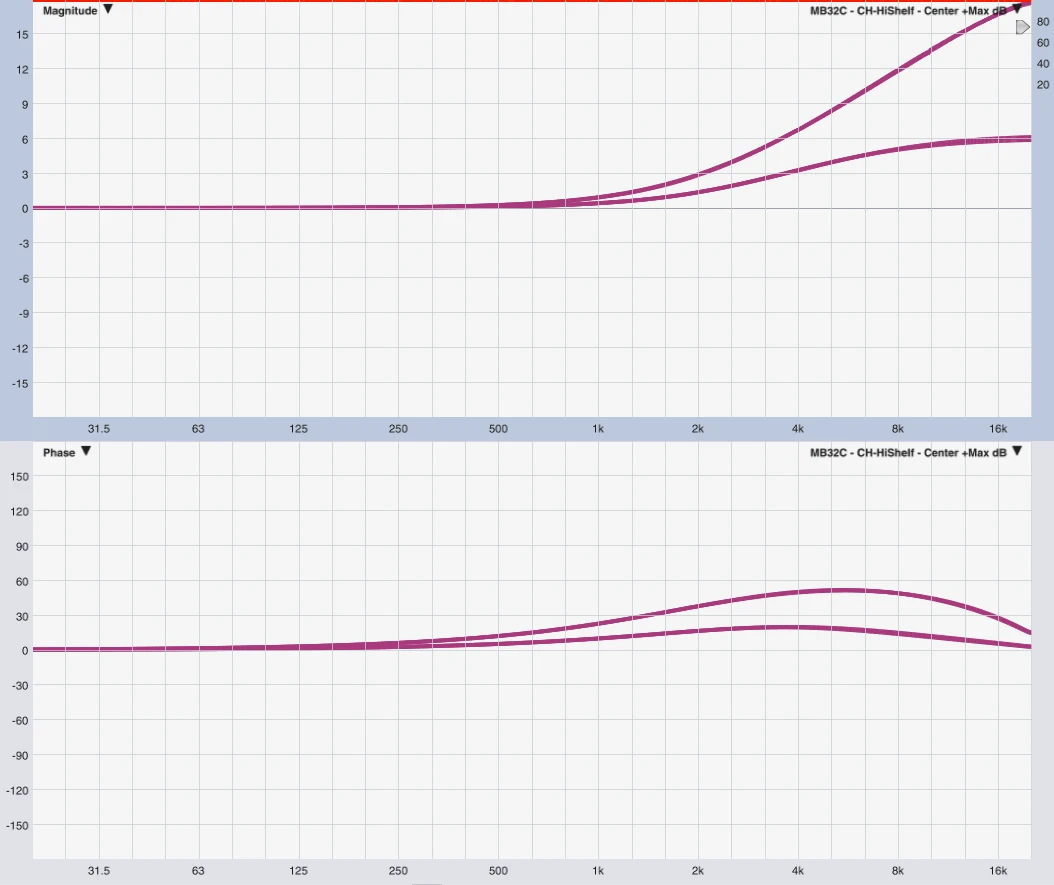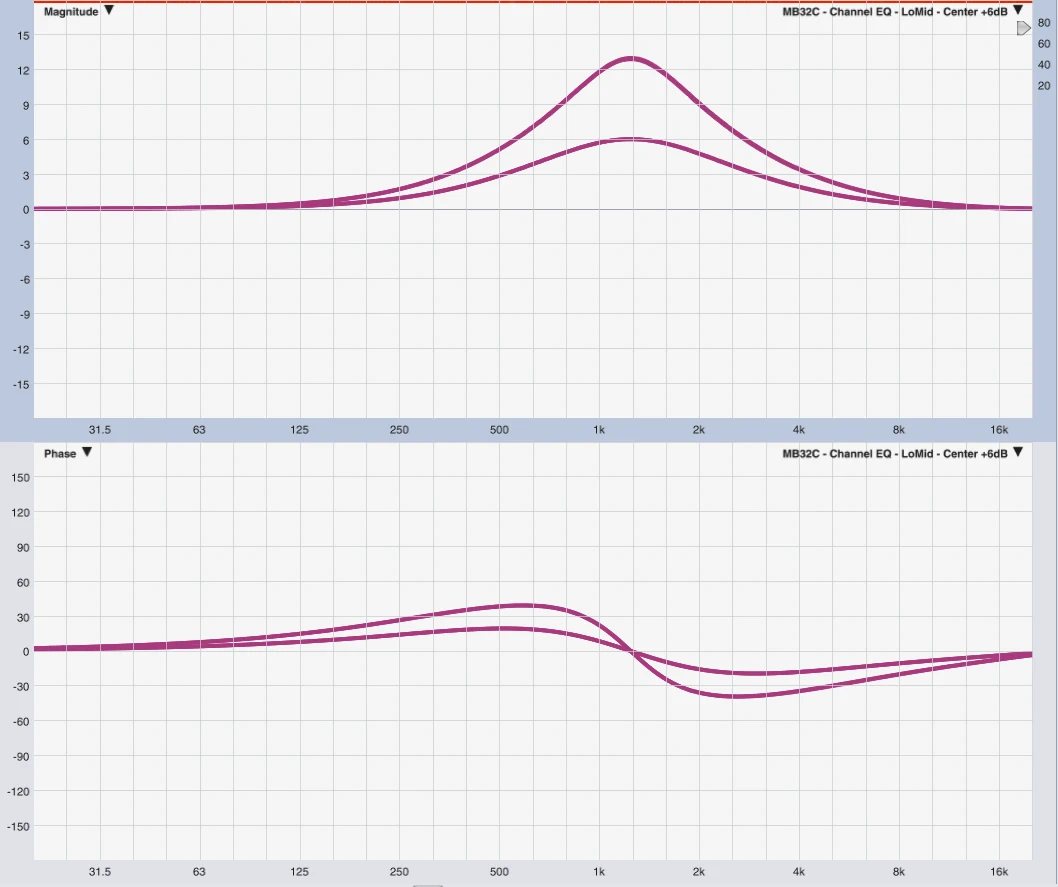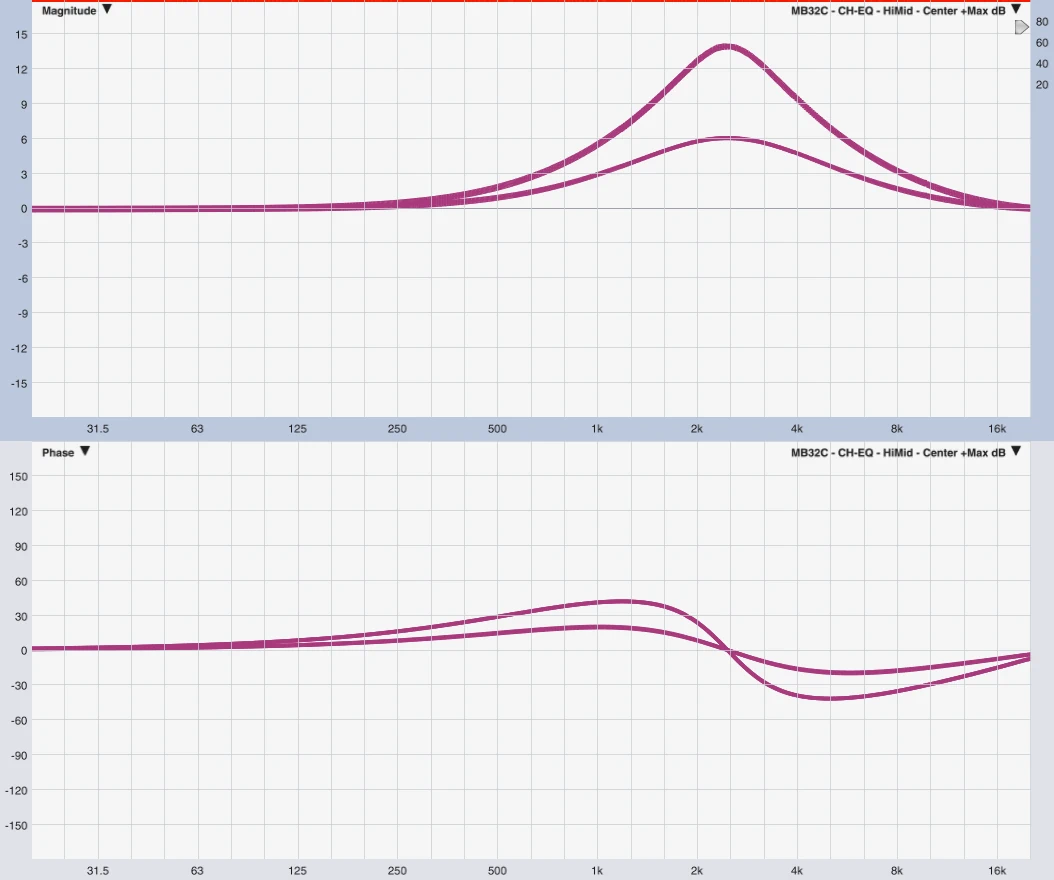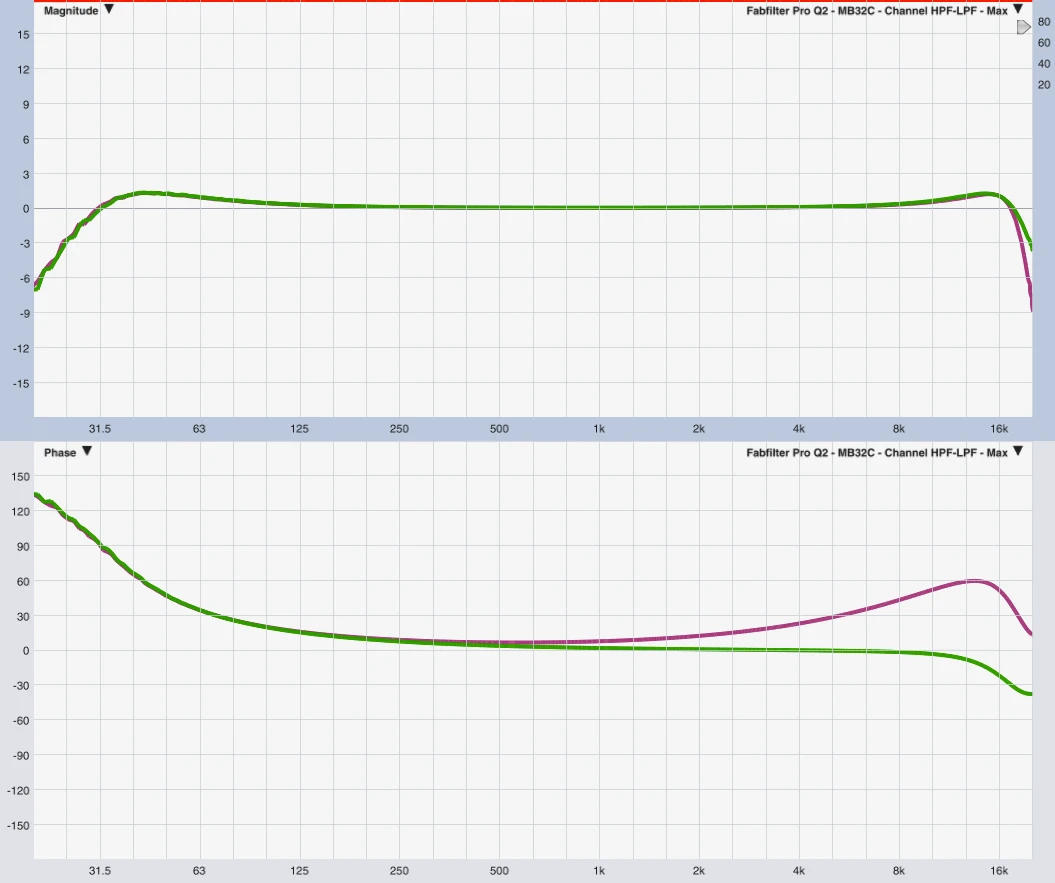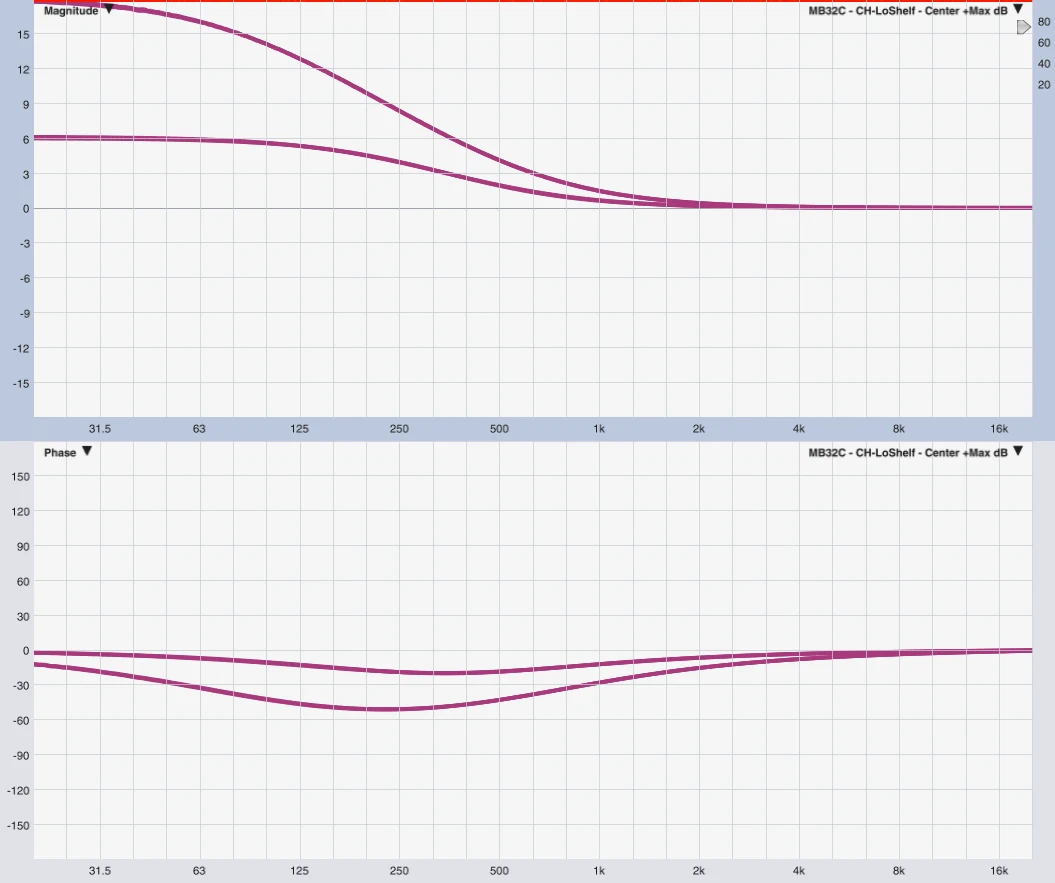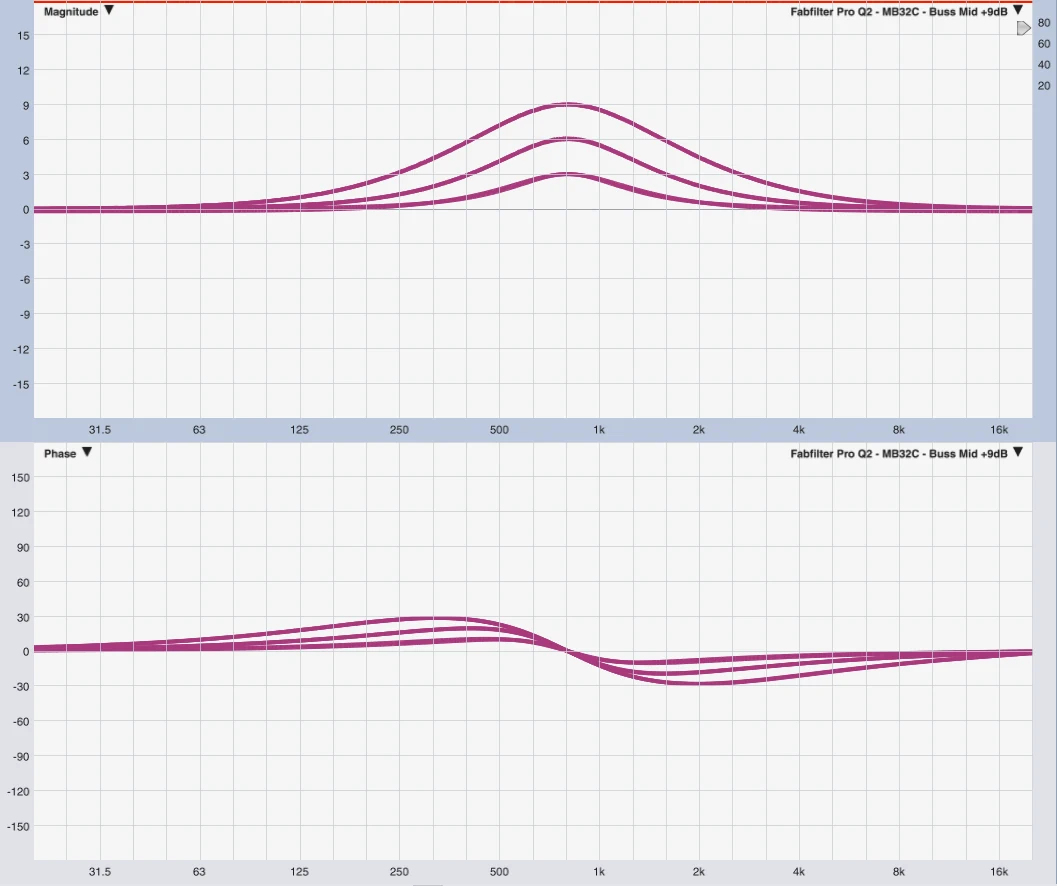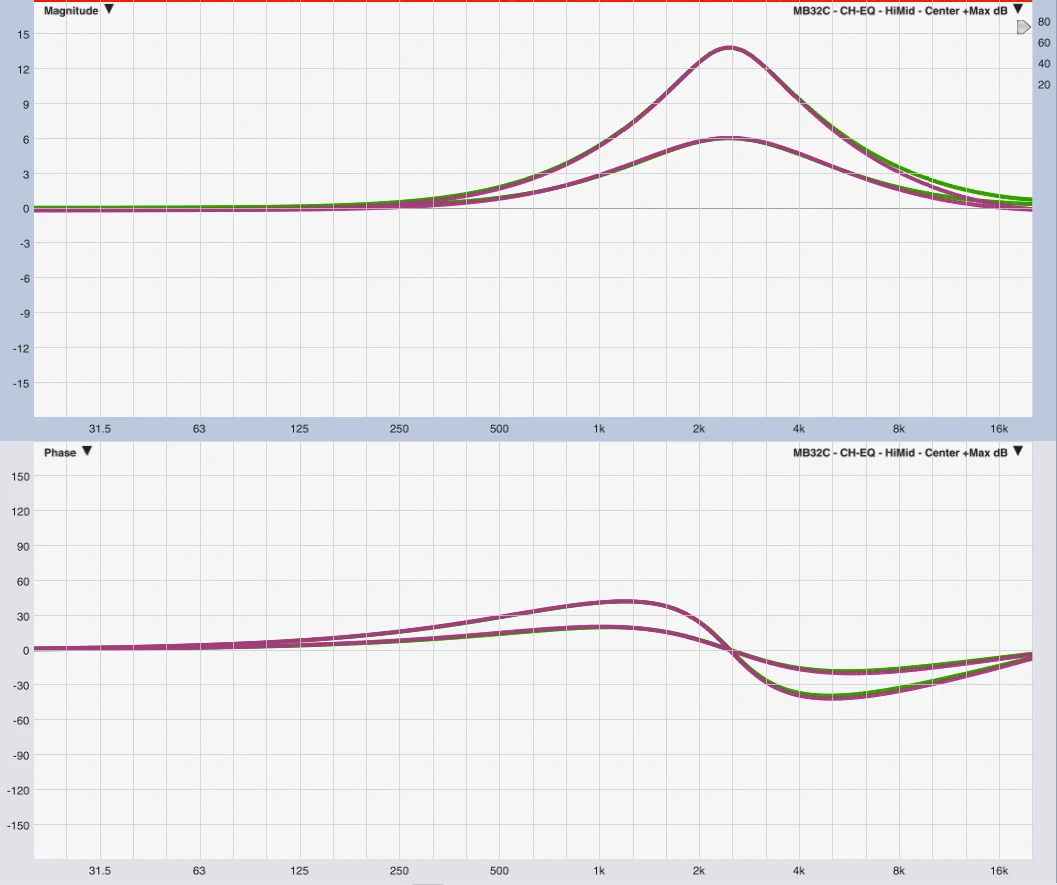introduction
“My mixer sounds much better than yours”
We all know that, and we all know that. But why? What are the key factors influencing this?
I claim that the two most important parameters are found in the pre-amps or in their behavior in the saturation range and in the EQs. In addition, if Pult A sounds better than Pult B, I clone the default EQ setting from Pult A to Pult B and the world looks a bit more the same. Of course, there are many other differentiating features in workflow, ergonomics, unique selling points in function, etc. ...but don't tell me that sounds better when the wire goes through 1:1!
Before I go on slandering for pages, let's get to the point here, EQs.
I learned from a real Harrison 32C and quickly developed a love of hate that only people who have experienced it understand. Accordingly, I also love the digital counterpart, the DAW Harrison Mixbus 32C. The Harrison EQ is so rudimentary that you could probably not implement it in the form in any other DAW without ridiculing the buyer class. Still, just turn it on somewhere and zack, it fits. In the same way it is often with desk differences, in the one you turn something and it fits in the other you twist a wolf. So it plays a role how to pre-parameterize the EQ!
So I measured and cloned the Harrison Mixbus 32C Channel and Buss EQ for the Logic Channel EQ, Fabfilter Pro Q2 and Yamaha CL/QL mixing consoles to use this very well-functioning pre-parameterization in other working environments.
inventory
First of all, I have to find out what the Harrison EQ does. So briefly juice up a bit of DAW Routing Terror and the Smaart calculator. Quickly I determine with 3 measurements per band, you can forget that well-groomed. In addition to variable quality, application frequencies also change. So each band is measured at Fmin, Fmax and center frequency at minus maximum gain, -12, -9, -6, -3 and all this repeatedly at the positive values. If I had known that the whole 166 measurements and disgusting mouse frieze required, I would never have finished it, but sometimes you realize such a thing in delusion only afterwards. What these two babies do for an effort turns out later.
NOTE:
The picture galleries can be rewinded with mouseover left and right



Harrison Mixbus 32C – Buss EQ (Tone)
Harrison Mixbus 32C – Channel EQ
Harrison Mixbus 32C – Channel Filter
Harrison Mixbus 32C – Tape Saturation
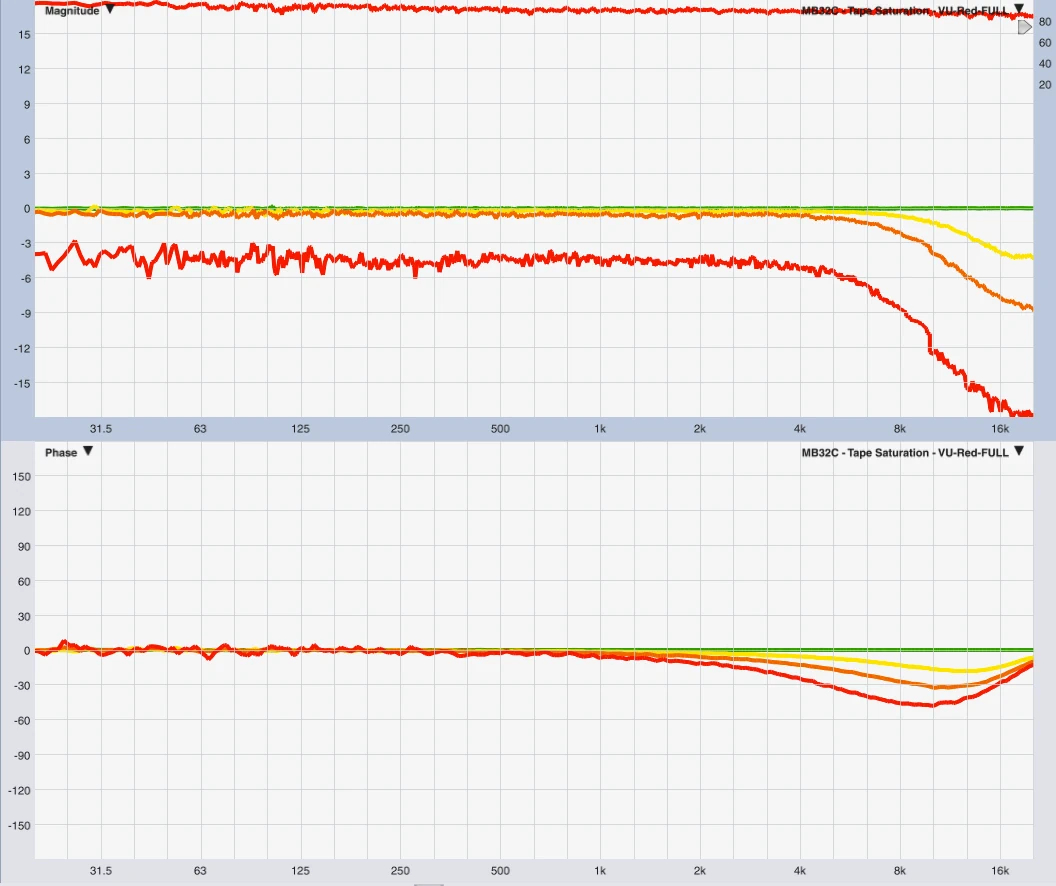
Measurement results in the archive
About 166 measured values have made it into the archive, which serve as a reference for the work result still to be generated. In addition, there are at least as many temporary interim results and plausibility checks and an exploding trash can.
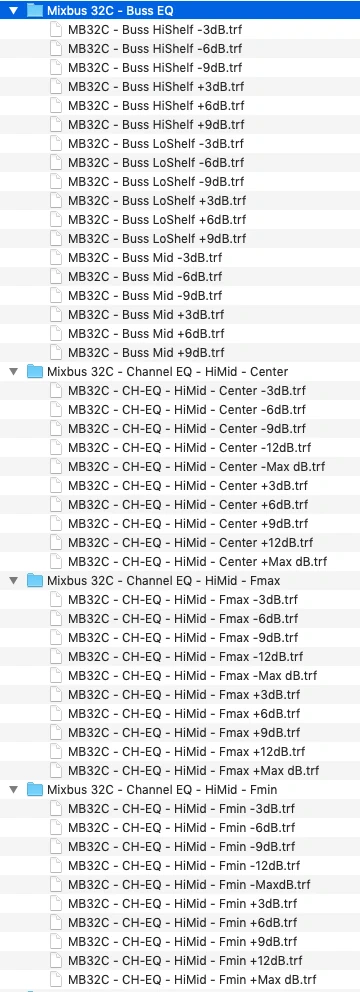
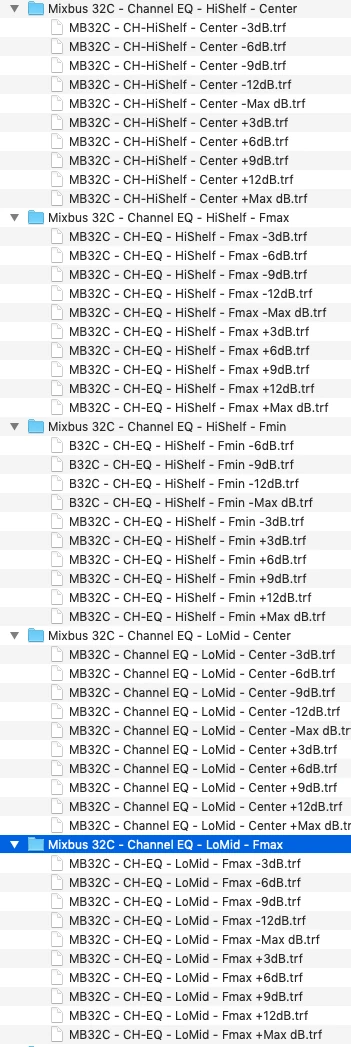
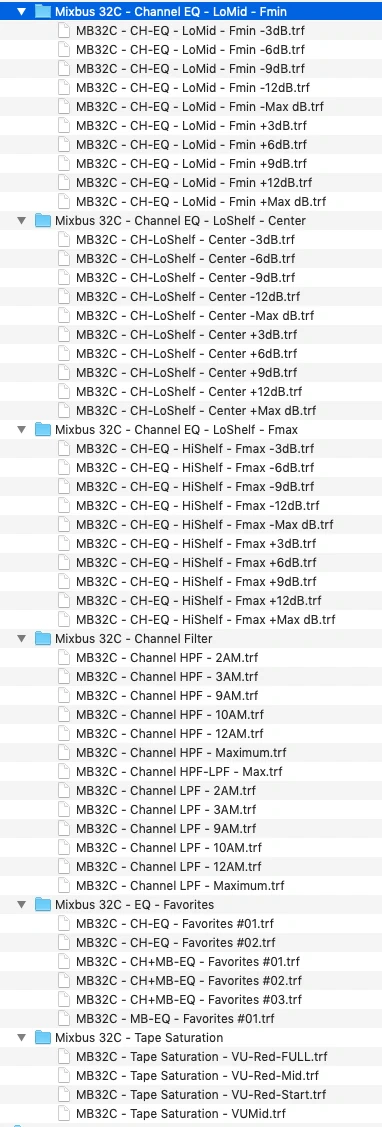
transmission
Nearly 200 measurements later, I know where the journey should go and already suspect that it may not be perfect due to the gain-dependent bandwidth. But no reason to give up right away, first see how far I get. The goal is clear, so the Logic, Fabfilter Pro Q2 (has already happened in 2018 and Pro Q3 came out the day I was finished, no shit!) and Yamaha CL/QL ready.
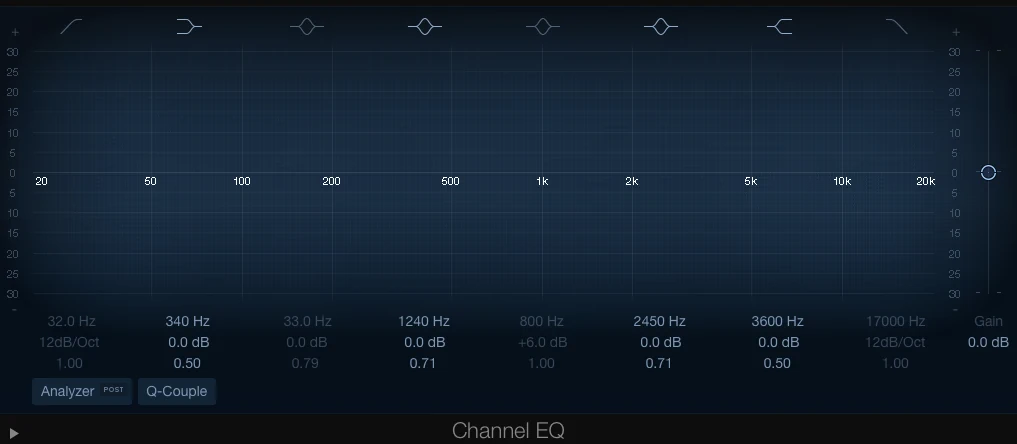
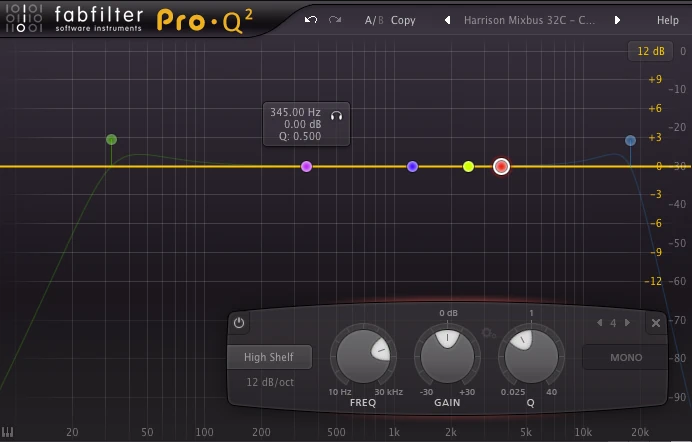

...isn't beautiful ⁇ ...yes, that's not beautiful, but thank God it depends on the inner values
Results of work
For the Logic Channel EQ and the Fabfilter Pro Q2 there are 3 presets for the Harrison Buss EQ and 2 presets for the Harrison Channel EQ to cover all control ranges perfectly.
For the Yamaha EQ there are 2 presets for the Harrison Channel and Buss EQ each one. Unfortunately, I have no measurements stored in the archive, but my memo says I have averaged the deviations in favor of an average because it is not about precision and waste of time with presets but I wanted rather in my desk setup a better starting point for the Chanel EQs that just sit where they work better ... and already you have a Harrison 32 console at head pressure and do not need a contact spray ⁇
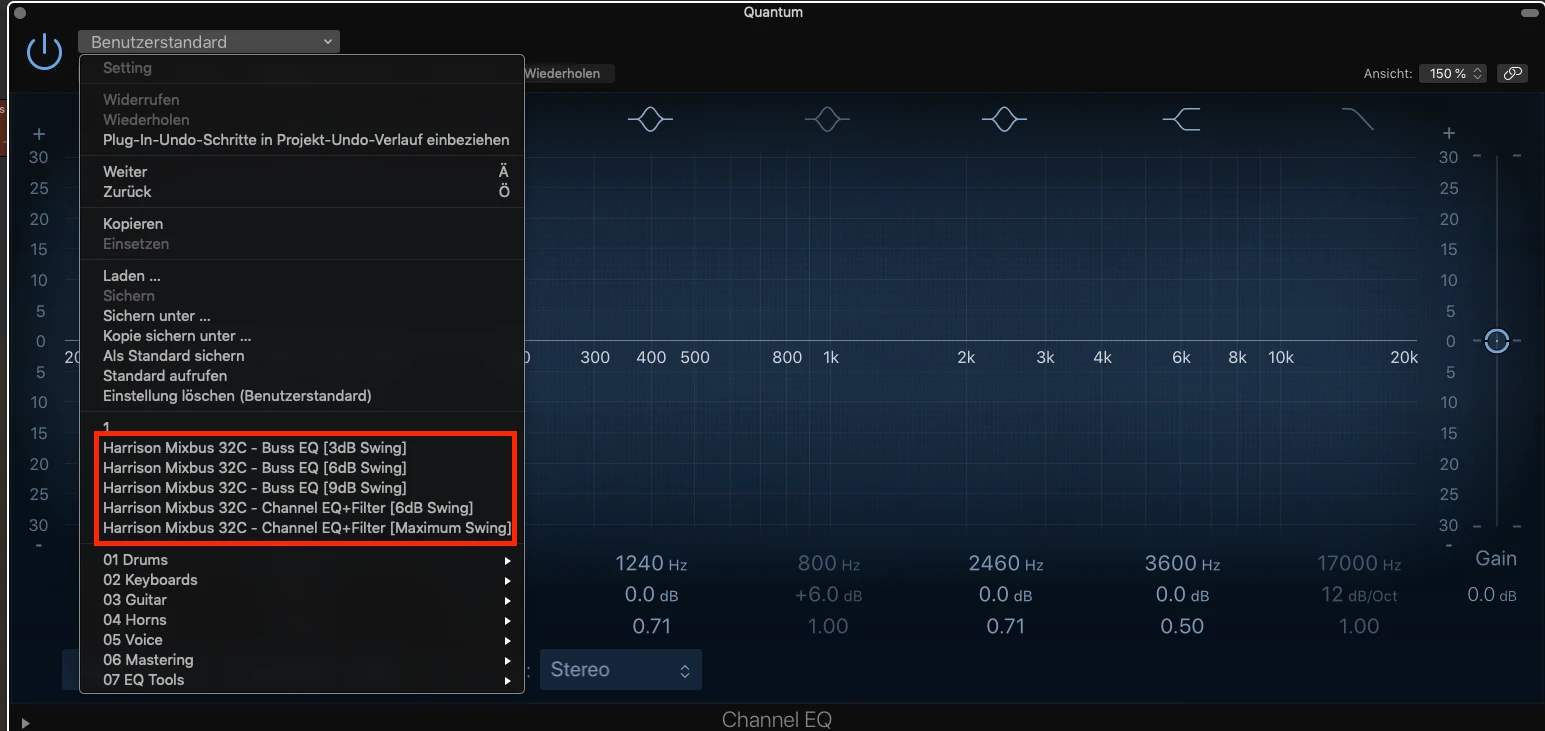
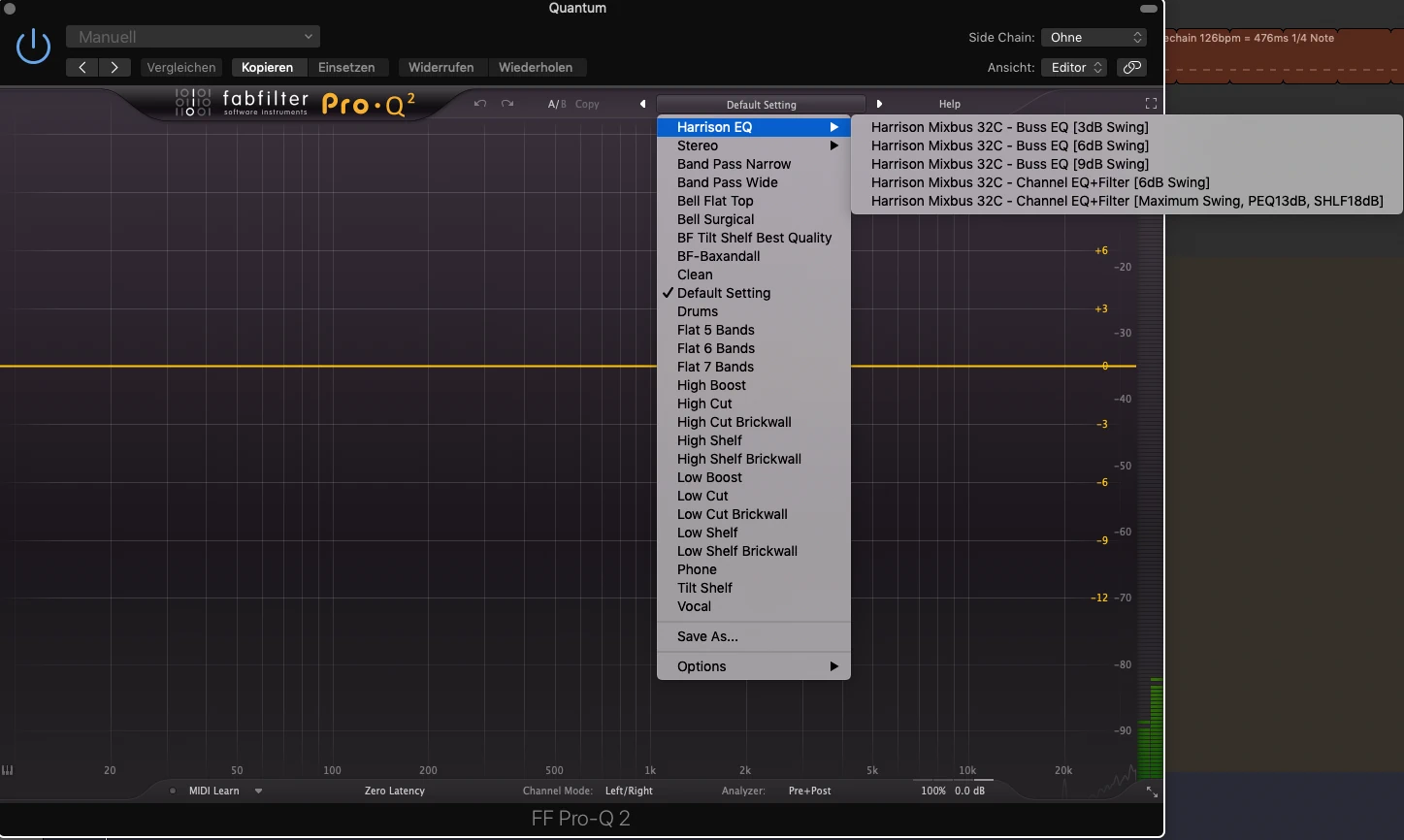

...isn't beautiful ⁇ ...yes, that's not beautiful, but thank God it depends on the inner values
Review of work results
Below are the measurement comparisons of original and forgery. The largest deviation in the Pro Q2 middle band is between 4 and 8k with 0.1dB deviation, which in this band means a zero test Noisfloor of -39dB. Overall is the worst result of the zero test of -55dB RMS in this ProQ2 setup. In screenshots with a pro-rata green measurement curve, you see areas that have not succeeded perfectly, so the most matched to 99.97%, which is proven by the zero test with music in which all filters are well used. -88dB extinction result means deviations less than 0.01dB (equivalent to -65dB). After normalization, the frequency ranges with a deviation of less than 0.01dB can also be heard well.
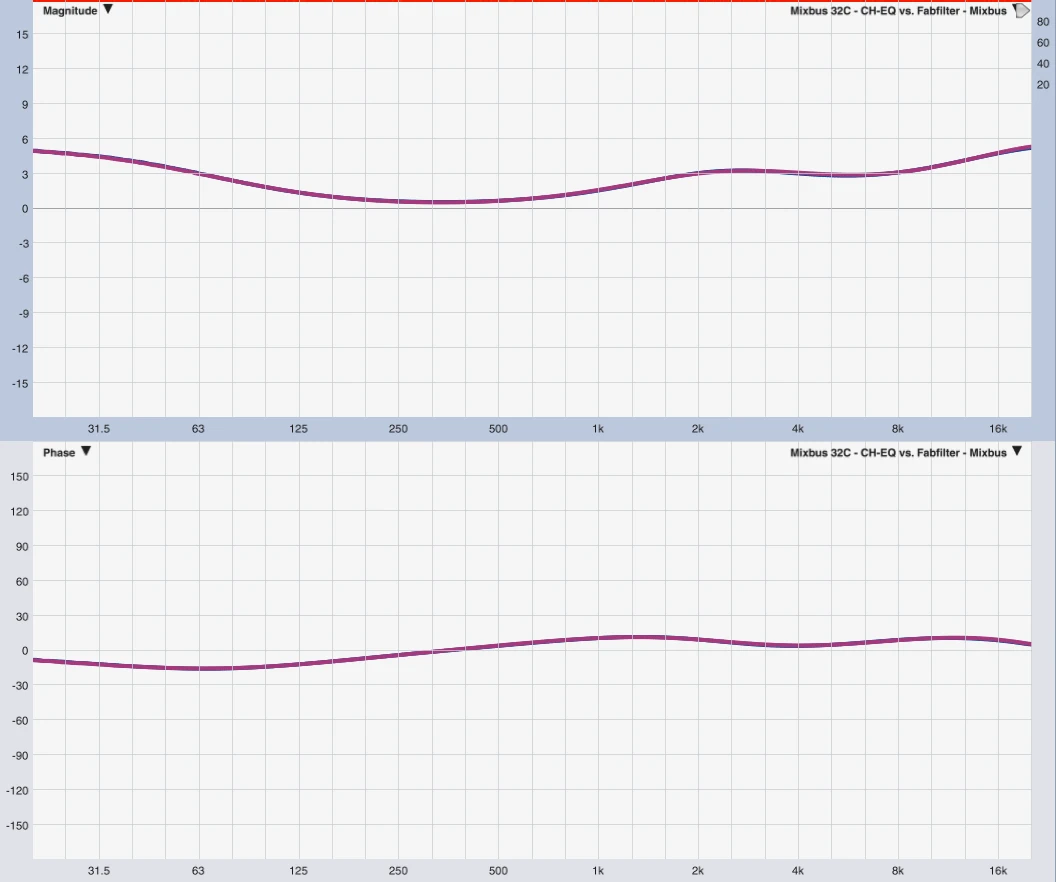
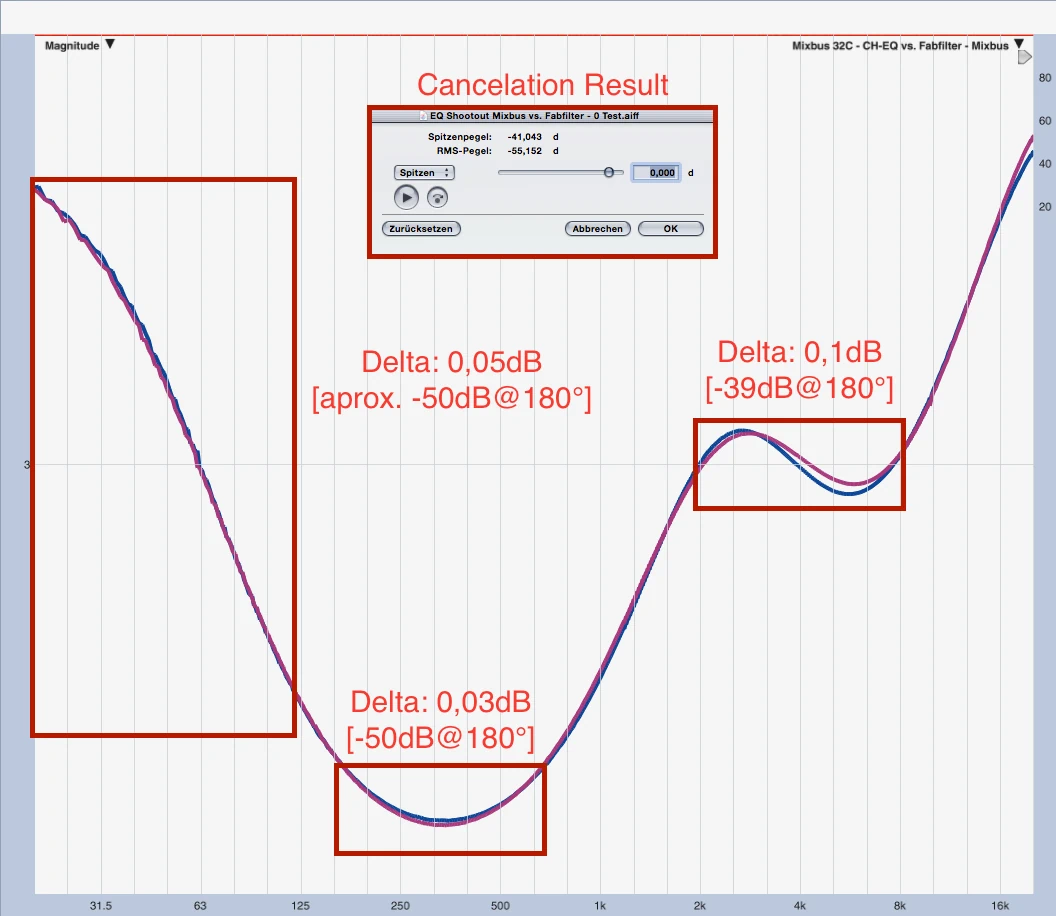
Harrison Mixbus 32C vs. Logic Channel EQ Clone
Harrison Mixbus 32C vs. FabFilter Pro Q2 Clone (green = Fabfilter)
Here is a zero test with peaks at L -88dBfs and R -82dBfs
And the same zero test normalized to hear
And the original track.
Outcome of work
Here I will provide you with the results. First, the parameters for the Logic Channel EQ to set it manually. At the bottom then a download link for a ZIP package with Logic, Fabfilter and Yamaha presets.
2018-06-17 Bodo Felusch
#######################
Harrison Mixbus 32C EQ - Clone for Logic Channel EQ v1.0
#######################
Buss EQ [non linear frequency range]
Maximum Gain Settings +/- 9dB swing
1. LoShelf @ 400Hz Q=1
2. HiShelf @ 1540Hz Q=1
3. PEQ @ 800Hz Q=0.8
Medium Gain Settings +/- 6dB swing
1. LoShelf @ 370Hz Q=1
2. HiShelf @ 1680Hz Q=1
3. PEQ @ 800Hz Q=1
Low Gain Settings +/- 3dB swing
1. LoShelf @ 325Hz Q=1
2. HiShelf @ 1800Hz Q=1
3. PEQ @ 800Hz Q=1
#######################
Saturation HF-Bias:
1. PEQ @ 20kHz Q=1.2 Lmax = -4dB
...you need a lfo with random wave @ 0.2Hz on the gain, and yes of course some compression ⁇
#######################
Channel EQ:
———
Hi Shelf [non linear frequency range]
Maximum gain settings:
900Hz – (5700Hz Center) – 14200Hz
Q = 0.5
+/-18,5dB
Medium gain settings:
560Hz – (3600Hz Center) – 11000Hz
Q = 0.5
+/-6dB
———
Mid-Hi [non linear Q at f max, proportional Q]
Maximum gain settings
370Hz – (2450Hz Center) – 8100Hz@Q1.55
Q = 1.4
+/-14dB
Medium gain settings
370Hz – (2450Hz Center) – 8100Hz@Q0.79
Q = 0.71
+/-6dB
———
Mid-Low [proportional Q]
Maximum gain settings
190Hz – (1240Hz Center) – 4100Hz
Q = 1.3
+/-13dB
Medium gain settings
190Hz – (1240Hz Center) – 4100Hz
Q = 0.71
+/-6dB
———
Low Shelf [non linear frequency range]
Maximum gain settings:
35Hz – (225Hz Center) – 800Hz
Q = 0.5
+/-17,5dB
Medium gain settings:
50Hz – (340Hz Center) – 1200Hz
Q = 0.5
+/-6dB
#######################
Channel filter:
———
HPF
32Hz – (280Hz Center) – 4100Hz
Q = 1
12dB/Oct
———
LPF
132Hz – (1100Hz Center) – 17kHz
Q = 1
12dB/Oct
#######################
DOWNLOAD
This is how it looks in the Logic EQ and Fabfilter, not too complicated, I have the Channel EQ with +-6dB Swing as standard in it that's enough to 90%, then you can also switch the maximum swing and if it gets extreme it usually doesn't matter anyway. Here you can download the presets, with your donation I buy nonsense that I would not otherwise buy.



